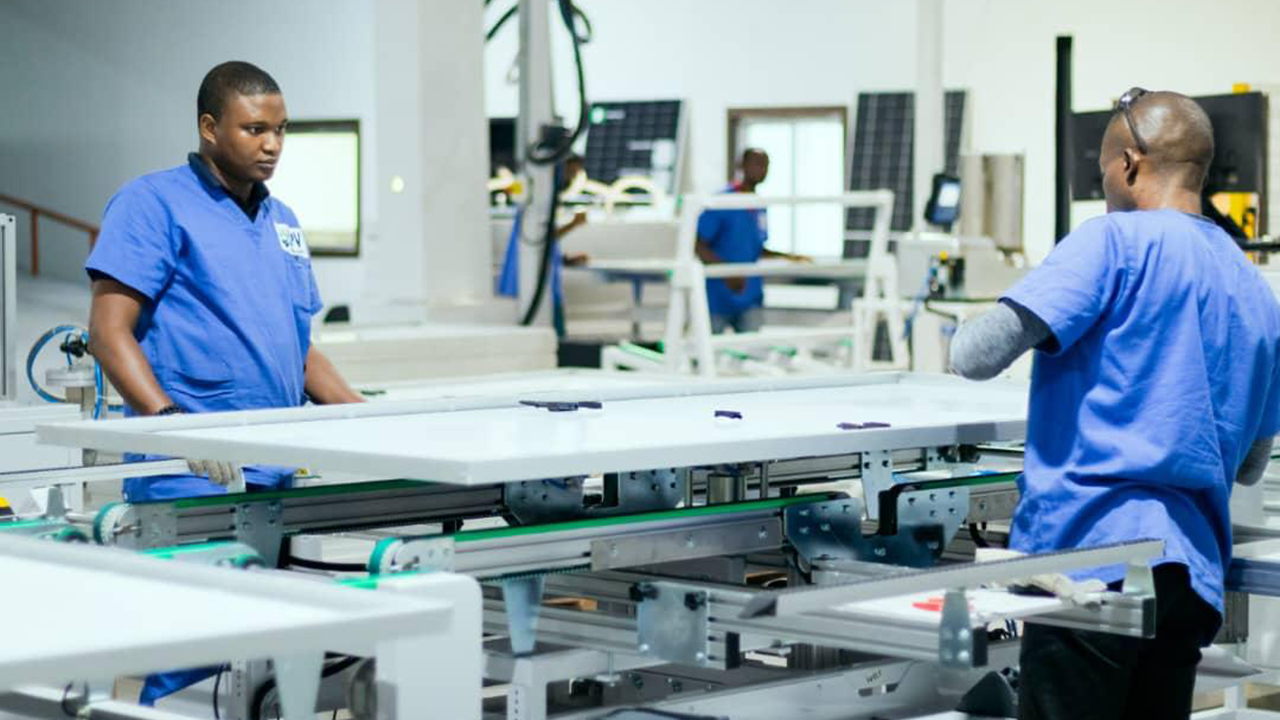In today’s fast-evolving Consumer Packaged Goods (CPG) industry, the need for advanced technological solutions has never been more urgent. Sreenu Arvapalli, an expert in the field, delves into how SAP’s Customer Relationship Management (CRM) and Sales and Distribution (SD) modules are revolutionizing operational practices. These innovations are reshaping CPG operations, enhancing customer engagement, and driving efficiency across the supply chain.
Transforming Order Management and Delivery
The implementation of SAP SD’s order-to-cash (O2C) process optimization has significantly improved order management and delivery. Companies have reduced order processing time by 67%, from 72 hours to just 24, resulting in fewer errors and higher customer satisfaction. The automated pricing engine has cut pricing discrepancies from 7.4% to 0.8%, boosting trust and profit margins. Integration with inventory management helps businesses handle order volume fluctuations, especially during peak seasons, while automating complex pricing conditions across customer segments and product categories, improving operational efficiency and financial outcomes.
Enhancing Customer and Retailer Engagement
SAP CRM stands at the forefront of digital transformation, allowing businesses to deepen their engagement with both retailers and consumers. One key innovation is the system’s ability to provide a unified view of customer data. This integration breaks down information silos and enables more strategic decision-making. The result? A significant 23% growth in revenue for businesses that implement SAP’s CRM solutions.
The CRM system’s ability to personalize promotions has proven invaluable, especially in a market where customers increasingly demand tailored experiences. Personalized engagement strategies have led to a 26% increase in customer satisfaction and improved retention rates. This innovation is especially vital in the highly competitive CPG industry, where differentiating products can be a challenge. SAP CRM’s focus on data-driven promotional strategies ensures businesses can quickly adapt and meet customer expectations.
Streamlining Route and Delivery Operations
SAP SD’s Direct Store Delivery (DSD) has transformed route and delivery operations for CPG companies handling perishable goods. By optimizing route planning, delivery distances and costs are reduced, while on-time delivery rates increased to 94%, and fuel costs decreased by 21%. The integration of mobile sales capabilities allows field representatives to place orders and address issues in real-time, reducing errors. As a result, the field sales team spends 34% more time with customers, boosting overall efficiency and customer engagement.
Innovation in Trade Promotion Management
SAP CRM’s Trade Promotion Management (TPM) has transformed how CPG companies handle promotional budgets, leading to better forecasting and budget optimization. Research reveals that businesses utilizing SAP TPM report a 23% reduction in time spent planning promotions and a 17% improvement in forecasting accuracy. The ability to fine-tune promotional strategies based on real-time data has resulted in reduced promotional spend wastage, saving businesses millions annually.
By leveraging analytics, companies have also been able to optimize their promotional strategies, ensuring that the right products are promoted at the right time and to the right audiences. This targeted approach not only improves sales but also drives a more effective use of marketing budgets, ensuring that investments in trade promotions generate substantial returns.
Seamless Integration: The Core of SAP’s Value
The true value of SAP CRM and SD lies in their seamless integration. Master data synchronization across the two modules ensures consistent and accurate information flow, preventing order errors and discrepancies that can affect customer satisfaction. This integration eliminates redundant data entry and improves order processing times by up to 30%, according to research findings.
Furthermore, the integration of SAP’s financial reconciliation capabilities has helped businesses align their promotional spending with actual sales, providing real-time visibility into trade spend effectiveness. By improving financial integration, SAP ensures that businesses can measure the true impact of their marketing efforts.
In conclusion, as Sreenu Arvapalli highlights, the implementation of SAP CRM and SD modules offers CPG companies significant opportunities to optimize their operations and enhance consumer engagement. These innovations are not just about solving immediate challenges; they lay the foundation for continuous growth and adaptation. In an industry marked by rapid change, SAP’s modular architecture allows CPG businesses to stay agile, evolve with market demands, and ultimately achieve greater operational excellence.






